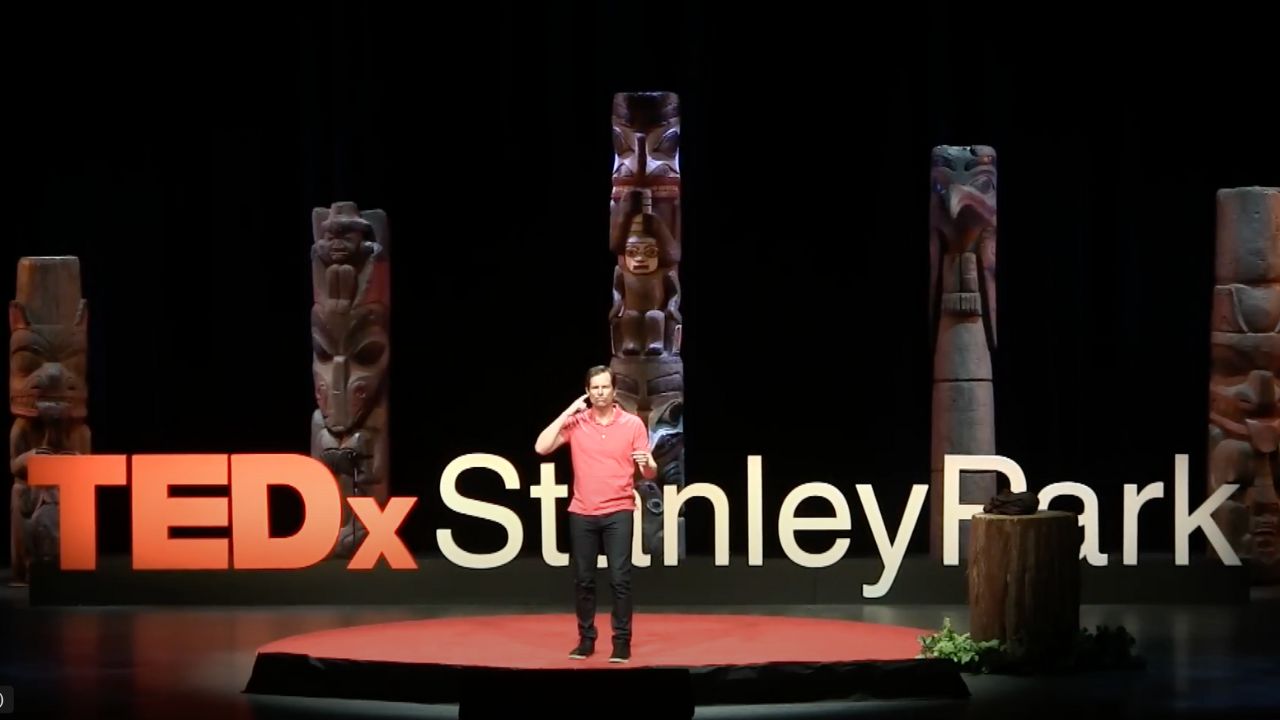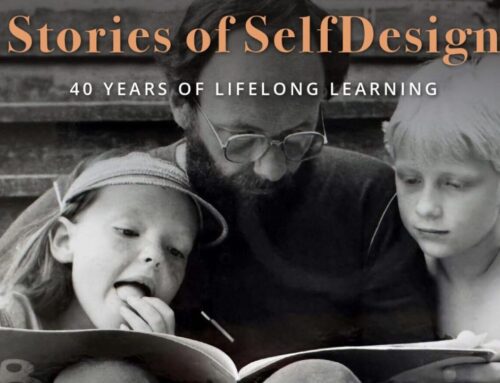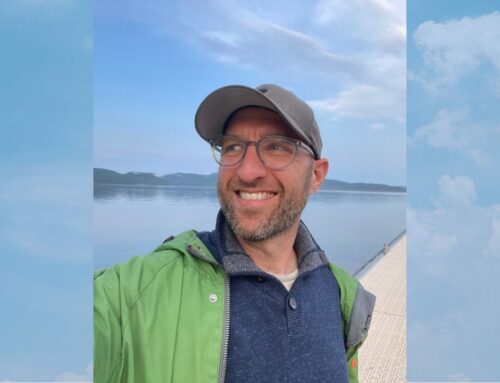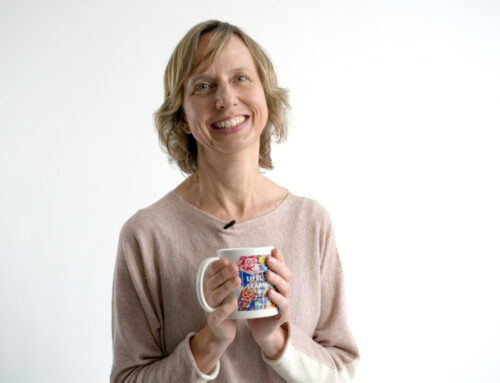 For SelfDesign, being accessible means creating learning and work environments that allow everyone to participate fully without barriers. We aim to become more accessible. This approach is key to who we are as a community.
For SelfDesign, being accessible means creating learning and work environments that allow everyone to participate fully without barriers. We aim to become more accessible. This approach is key to who we are as a community.
As we increase access to SelfDesign, we’re working with accessibility expert Stephen O’Keefe.
Stephen’s extensive expertise helped shape our Accessibility Plan 2023–2026, a living blueprint that identifies needs, priorities, and actions for the coming year.
Stephen brings to SelfDesign many years of experience providing consulting services to private, public, and non-profit organizations to help them comply with accessibility legislation and as a part of their business strategies. To do this, he draws upon his legal background and experience as a senior business leader. Stephen has a law degree from the University of British Columbia, was the CEO of a national manufacturing business, and was the board chair of the Children’s Hearing and Speech Centre of BC.
Born with a profound hearing loss, Stephen also has personal and lived experience of accessibility. His TEDx talk, How to Listen Better, was translated into 22 languages. He also developed and starred in a web TV series through Telus’ Optik channel, Listening in a Silent World, and a documentary on his life and stand-up comedy interests was featured on PBS and CBC.
We recently caught up with Stephen. He shared these insights about accessibility in general and at SelfDesign, and a bit about his foray into comedy.
The following has been edited for clarity and brevity.
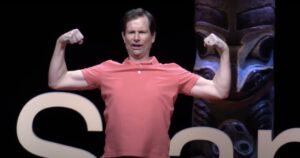 SelfDesign (SD): Please describe your role in the accessibility planning and action process at SelfDesign.
SelfDesign (SD): Please describe your role in the accessibility planning and action process at SelfDesign.
Stephen: I spearheaded SelfDesign’s accessibility initiative with SelfDesign Operations Coordinator Paula Sobie. We interviewed various stakeholders within SelfDesign, including members of the senior leadership team, to identify accessibility gaps and opportunities, and then we put together a list of accessibility priorities. These priorities were reviewed and approved by the senior leadership team.
SD: In your experience, what are some of the most common barriers to accessibility that you see?
Stephen: Some of the most frequent barriers to accessibility that are common to many organizations have to do with not incorporating web content accessibility guideline standards. These standards explain how to make web content accessible for people with disabilities.
The standards involve items such as providing text alternatives for any non-text content, colour contrast, and text size, amongst other things.
SD: What do you see are some of SelfDesign’s successes with accessibility to date?
Stephen: In a nutshell, SelfDesign is already accessible in many areas. At its core, accessibility is built into its education programming for SelfDesign learners, as it accommodates many learning styles.
It also embraces Universal Design for Learning as a core principle in its learning programs, making its learning programs accessible to all types of learners. SelfDesign’s educators are extremely supportive and passionate about creating accessibility for learners and their parents.
The school also encourages technological tools to help create accessibility and recommends and encourages the use of assistive technology applications and extensions, such as voice-to-text applications, screen-reader applications, grammar and spelling applications, and more.
In addition, SelfDesign’s HomeLearners Network integrates universal design principles into its program and activity design.
SD: What advice would you share with the general SelfDesign community about the process to improve accessibility within SelfDesign?
Stephen: Don’t feel shy about speaking up if you have experienced a barrier to accessibility or witness a barrier to accessibility. SelfDesign’s feedback form is posted on the SelfDesign website, and we’d love to get ideas from you.
The process of creating accessibility is a collaborative process, where we work together to identify barriers. Keep in mind that accessibility isn’t all about benefiting learners. It involves barriers to accessibility that might impact anyone associated with SelfDesign, whether it’s contractors, educators, parents, or the extended SelfDesign community.
Realize that accessibility doesn’t have to be perfect. We just want to be a little better each day. Perfection is the enemy of completion.
SD: Is there anything else about accessibility that you’d like to share?
Stephen: Accessibility benefits us all, not just those with disabilities. For instance, the captioning on videos, which I use all the time as a deaf person, were originally designed for the deaf or hard-of-hearing. But captioning has evolved into a tool that assists non-native speakers, those in noisy or quiet environments, and people with learning disabilities. It’s also an invaluable educational aid that promotes literacy and language skills.
Accessibility is trending globally due to awareness of the benefits of accessibility, current labour shortages, technological advances, and laws requiring more accessibility. In British Columbia, we have the Accessible British Columbia Act, and federally, there’s the Accessible Canada Act.
SD: Your TEDx presentation is hilarious and informative. How did you get into stand-up comedy?
Stephen: I’ve always liked to make people laugh. I often use humour to connect with others, especially to break the ice, when people may get the deer-in-the-headlights look trying to communicate with me because of my hearing loss.
I was terrified of public speaking when I was younger, so naturally I thought, “Why not make it even scarier and try stand-up comedy?” Go big or go home, right?
Thus, I signed up for a comedy class. Let’s be real — if I can’t hear the boos, I’m already winning. When the time came to do my first stand-up comedy show, I nearly backed off, but I thought I’d never live with myself if I chickened out. I was so nervous just before I appeared on stage that I almost puked. When I did my first jokes, people actually laughed. At that point, I was hooked.
Read SelfDesign’s accessibility plan
Read more about what we’re doing this year to improve access at SelfDesign

